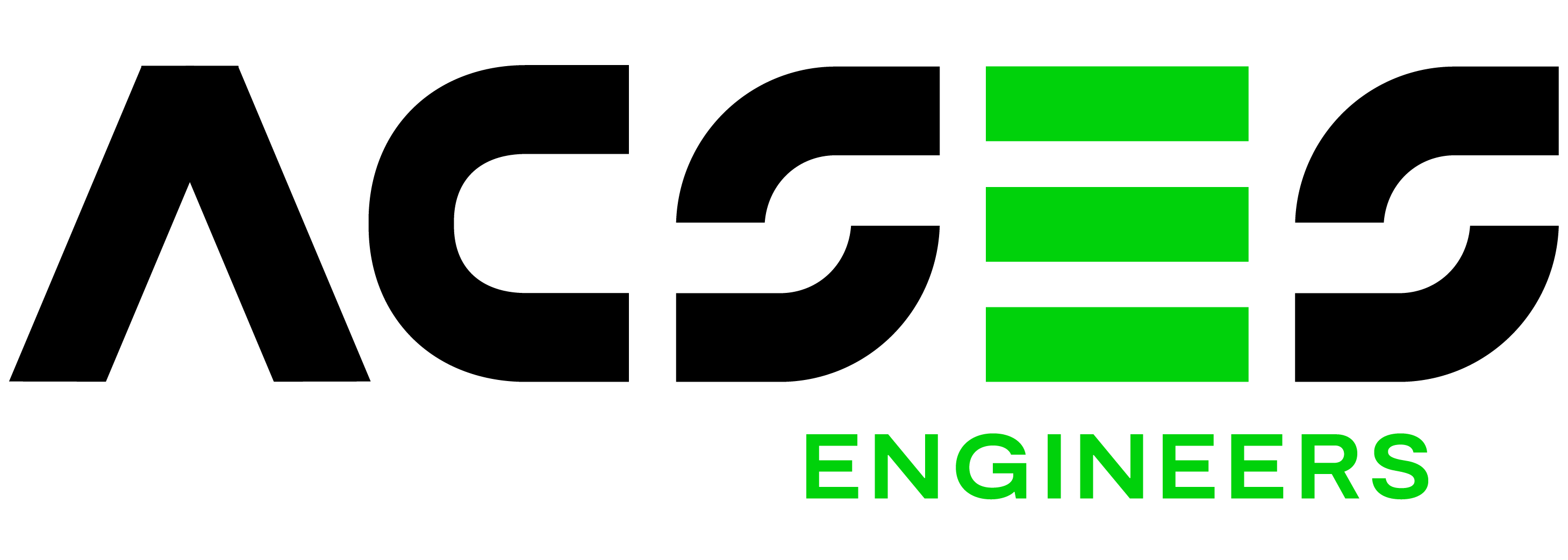The city is planning to build it by 2020. The dynamic tower hotel was designed by David Fisher in 2008. Now it’s finally coming to life. Each floor of the 80-story building will rotate independently giving guests and residents a 360 degree view. An apartment could cost you up top $40 million.
Archives for Innovation & Tech
This spray makes objects indestructible
It’s polyurea protective coating by Duayen. It’s designed for pipe protection, roof repair and more. Spray it on an object and it’s protected from impact and extreme heat.
Meet the WasteShark
The WasteShark is designed after one of nature’s most efficient harvesters of marine biomass, the Whale Shark. It is designed to swim through water and eat its prey with minimum effort and maximum efficiency.
It is designed for round-the-clock waste collection. It also scans and monitors the environment, sending data back to central command.
- Purpose: 16 hours a day waste collection; data collection & transmit
- Waste type: plastics, micro-plastics, alien vegetation (e.g. duckweed), floating debris
- Territory: trafficked water; confined space; tight angles
- Steering control: remote controller or plotted
- Thrust: 5.1 kgf (forward) and 4.1 kgf (reverse) @ 16V
- Weight: 39 kg unladen
- Dimension: 1556 mm long x 1078 mm wide x 450 mm deep
- Carrying capacity: 200 litres
- Environmental Sensors: Depth, temperature, water quality
- Data recording: Time, location and journeys
Dubai to 3D print a quarter of its future buildings
Dubai has taken a step further along the road to making such dreams a reality by announcing that 25% of the city-state’s new buildings will be made using 3D printers by 2025.
The move is part of an ambitious 3D-printing strategy announced in 2016 by Sheikh Mohammed bin Rashid Al Maktoum, vice-president and prime minister of the United Arab Emirates and the ruler of Dubai.
The 3D-printing strategy aims to reduce labour by 70% and cut costs by 90% across different sectors, according to the Dubai Future Foundation.
Perhaps more crucially, 3D-printing construction has the potential to help solve a looming homelessness crisis as more people gravitate to living in cities: the UN predicts that by 2030, the world will have 41 mega-cities with more than 10 million inhabitants.
How close are we to a self-driving world?
Self-driving cars could revolutionize the way we travel, giving us more time to work, play, learn, and relax on the road. But when it comes to making them a reality, cutting-edge technology is only the tip of the iceberg. So, how close are we ditching driving?
Will Fossil Fuels Run Out?
Will we run out of fossil fuels and what cost will we likely pay for their use?
Autonomous Rail Rapid Transit
Automated rail transit is an environment friendly, rail-less, and driver-less vehicle that is projected to reduce traffic congestion in the highly populated cities. On effective execution of this project, which is presently under development in China, is expected to gain extensive traction in the near future. Due to its low construction cost and a huge carrying capacity, road jamming can be reduced significantly. Additionally, no track is required for its operation, multi-axle steering system, and also functions effectively under extreme climatic conditions.
The world’s first driverless autonomous rail rapid transit (ART) system, equipped with sensors for the measurement of road dimension and also helps to create its particular route, under a test run in the city of Zhuzhou in central China’s Hunan Province. It was revealed in Zhuzhou in Hunan province on June 2, 2017 and is expected to be operational in 2018.
The product has been described as a combination of a train, bus, and tram. An ART train with three carriages is around 30 meters long and costs about US$ 2.2 million to construct. It can travel at a speed of 70 km/h and provides space for maximum 300 passengers and a five-carriage train can carry an estimated 500 passengers.
Source: https://businessherald.co/tag/autonomous-rail-rapid-transit-market/
German supermarket uses no plastic packaging
Rio de Janeiro turns garbage into energy
Rio de Janeiro, a city of about 6.7 million is also one of more than 70 cities worldwide that are aiming to become “carbon neutral” by 2050, meaning they will produce no more climate-changing emissions than they can offset by other means, such as planting carbon-absorbing trees.
From planting trees to promoting renewable energy and cleaner methods of transport, such as electric cars and buses, each city is going about achieving its carbon neutral goals in different ways, and with varying degrees of success.
Whirlpool provides energy to rural areas
This whirlpool can power a small village. It provides energy 24 hours a day. It can be installed in most streams and canals wherever a natural height difference occurs. It’s designed to bring electricity to rural areas and doesn’t require skilled labour to build. Current technology is invasive and destructive but this device won’t harm the ecosystem.
How does it work?
It’s installed at a small,natural height difference. Land is excavated near the water. Prefabricated parts are installed, then the core of the turbine. The land is filled back in. Then the river wall is opened and the turbine starts working 24/7. The generator is the only moving part so it reduces the chance of failure.
This tech is being tested in rural areas and is producing promising results. It could energise the world over. What’s better than clean energy for all?
